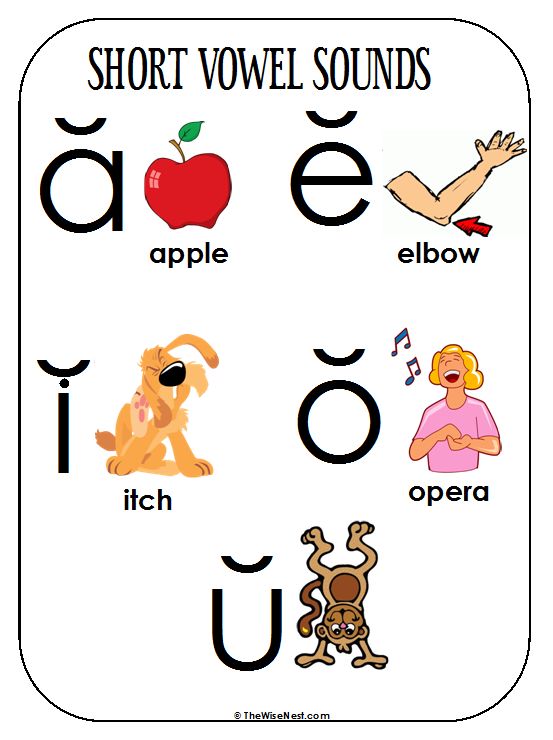

We often double an ending consonant to keep a short vowel short. This becomes important as a way to keep the same vowel sound when adding -ed to put a verb into the past tense. If the vowel is followed by more than one consonant, it is almost always short. When syllables end in a vowel and then consonant (as in the examples above), the vowel is usually short.

The main rules for when to use them and when to use "long" vowel sounds apply to all five of them. However, it's important to learn to pronounce these five sounds, because each is the most common sound for its letter.

We call these vowel sounds "short," but they are not all spoken more quickly than the "long" sounds. For those who want more, this Wikipedia article gives a fairly simple demonstration of the IPA as used in English. You do not need to understand the IPA symbols just look for an example word you know how to pronounce. ( The International Phonetic Alphabet symbol for each sound is inside the backslashes://.


 0 kommentar(er)
0 kommentar(er)
